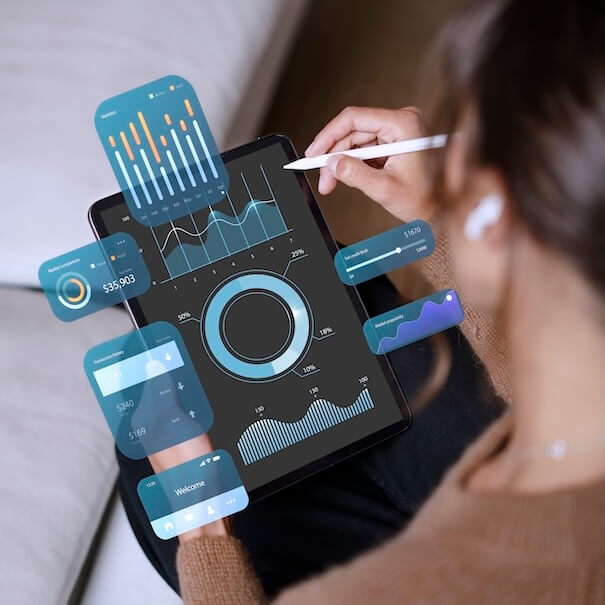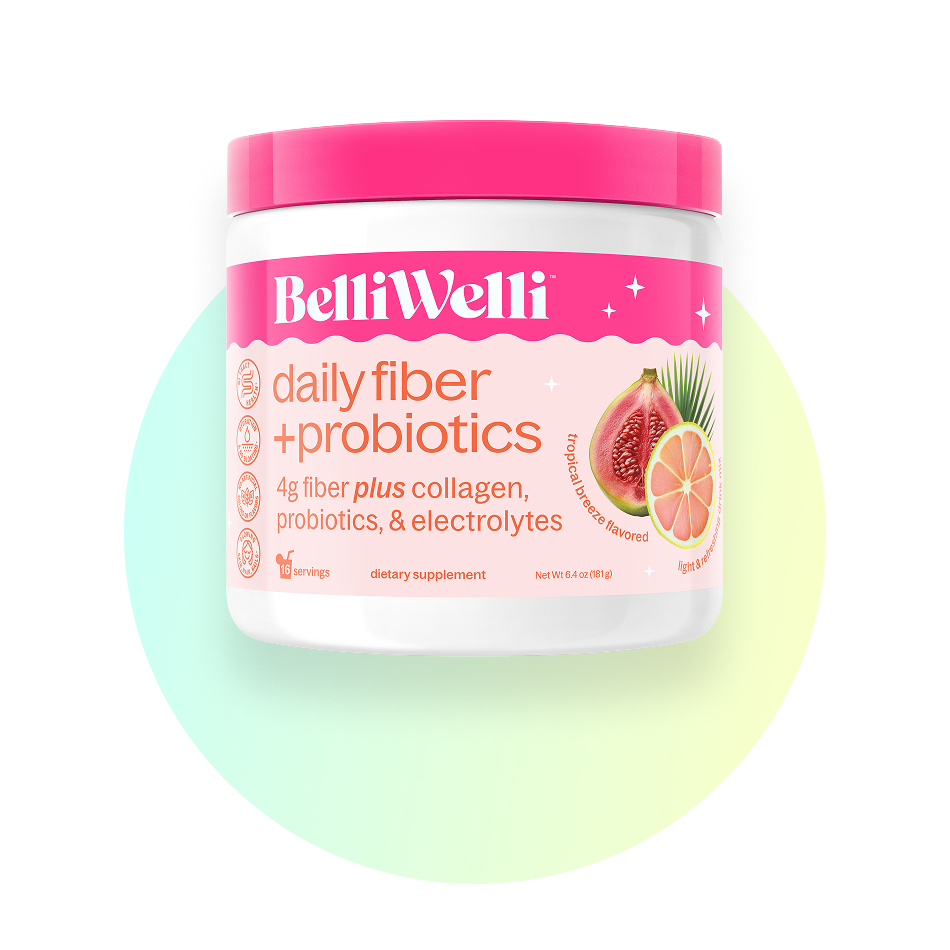How DTC eCommerce Brands Can Prepare for BFCM 2025

Black Friday and Cyber Monday are not just two days. They are the biggest sales period of the year for most direct-to-consumer brands.
You can’t rely on last-minute discounts. You can’t depend on ad campaigns either. Ads cost more every year and convert less. If you wait until November and hope paid media will carry your results, you’ll lose to brands that planned earlier.
You need to control what you can. That means your site, your offers, and your marketing. Your store needs to be fast, mobile-friendly, and built to convert. You need strong product pages and a smooth path to checkout. This is where CRO matters. It’s how you turn traffic into sales.
You also need a powerful email and SMS strategy that blends automated flows with a well-timed campaign calendar. While your flows recover carts and welcome new shoppers automatically, your promo strategy is what builds the narrative, teasing the offers, announcing the launch, and driving urgency with ‘last chance’ reminders. Together, these are the tools that get results without paying for every click.
This guide gives you the steps. You’ll learn what to test, what to fix, and how to use what you already have to drive more sales.
1. Plan Early
Start now. Waiting until October or November is too late. Review last year’s performance. Look at what worked and what didn’t. Check your email and SMS metrics. See which offers converted. Identify where shoppers dropped off.
Use that data to set clear goals. Decide what needs testing. Decide what needs rebuilding. Make sure your team is aligned and knows the timeline.
Build a simple calendar. Map out your early access campaign, main offer, and post-BFCM flow. Block time for QA and testing.
If you plan now, you avoid rushing later. That means fewer mistakes and better results.

2. Define Your Offer Strategy: Go Beyond the Flat Discount
Not every shopper needs a deep discount to convert. In fact, too many discounts can weaken your brand and train customers to wait for markdowns. Use other urgency tools and smarter offers to drive profitable growth.
Offer limited-time bundles or exclusive products for BFCM only. Add quantity-based messages like “Only 12 left” or “Selling fast.” Let VIPs shop early or get free upgrades-before the public sale. Consider tiered incentives like a free gift with a certain purchase amount.
Build this urgency into your messaging. Use countdown timers in emails and on-site popups. Reinforce deadlines across SMS and product pages. And make sure inventory reflects scarcity in real time.
Urgency should feel helpful, not pushy. You’re guiding a decision, not applying pressure. That earns trust-and sales.

3. Now Is the Time to Optimize Your Marketing
If you’re using Klaviyo, you already have a solid foundation. But most brands still leave revenue on the table. Flows aren’t optimized. Segments aren’t dialed in. SMS is often underused or rushed.
Start by reviewing your core automations. Make sure your welcome, cart recovery, post-purchase, and win-back flows are live, relevant, and timed right. Look at results by segment. Are high-value customers getting different messages than first-time buyers? Are dormant subscribers getting reactivated?
Use SMS for urgency. Texts can cut through noise when email doesn’t. Send early access offers. Send reminders with tight timing. Keep it short and mobile-friendly. Follow compliance rules-get opt-in, include opt-out language, and respect time zones.
An agency partner can help. For example, we work across dozens of brands. That means we see what’s working now, what’s declining, and what’s gaining traction. That gives you access to trends you won’t spot on your own. This is your chance to try new ideas before your competitors do. Small changes in your flows can lead to big gains during BFCM.

4. Test Early So Your Site Sells When It Counts
Your site will see its highest traffic of the year during BFCM. But traffic doesn’t matter if your site can’t convert it. Now is the time to run tests. Not in October. Not during the sale. Right now.
Focus on your product pages, cart, and checkout. Tighten your layout. Simplify navigation. Make sure mobile is fast and easy to use. Remove anything that slows people down or pushes them away.
Use a tool like Intelligems to A/B test offers, layouts, and urgency language. Try different bundles. Experiment with shipping thresholds. See what actually drives sales. Each test gives you answers.
Each insight helps you convert more. And the work you do now won’t just help in November. It will keep paying off long after BFCM ends.
5. See What Works Before the Rush Hits
You don’t need to guess what might work this BFCM. You can learn from brands that have already tested, improved, and seen results.
- BHU Foods: We helped them optimize mobile product pages, email flows, and SMS win-back messaging. Revenue grew 39%. Email and SMS drove over 60% of BFCM sales.
- BelliWelli: We launched 12 automated Klaviyo flows, improved segmentation, and reworked the mobile experience. Email revenue grew 10x during BFCM.

6. Clean Up Your Shopify Store Before the Traffic Hits
If you’re on Shopify, you have a powerful platform. But that doesn’t mean it’s ready for BFCM.
Start by checking performance. Test your store speed on mobile. Compress large images. Remove unnecessary apps and scripts.
Refine product pages. Add clear headlines and real-time stock or shipping notices. Create landing pages for key promotions. Remove friction now-before the flood of traffic exposes every weak spot.
7. Lock Down the Details That Can Break Your Sale
Run QA now. Test flows, discount codes, and checkout. Click every link.
Audit your stack. Update apps. Remove what you don’t need.
Use GA4, Hotjar, and Klaviyo Benchmarks to track real behavior. Prep your support team with clear policies.
Build a fallback plan so small problems don’t wreck your sale.
8. Lock in Loyalty: Master the Post-BFCM Experience
Don’t forget the post-purchase experience-that’s where loyalty starts. The post-BFCM period is often overlooked, but it’s the perfect time to turn one-time buyers into long-term fans.
Trigger a follow-up email and SMS sequence that thanks buyers, introduces your brand story, and offers reordering options. Add surveys to understand how they found you and why they converted, then use that data to inform your next campaign. Plan for January now by setting up reorder reminders, loyalty rewards, and product recommendation flows. Create referral incentives to turn your best customers into advocates.
9. Start Now So You’re Ready When It Matters
You don’t need to overhaul everything. But you do need to act early.
Look at what’s working. Tighten what’s weak. Test what’s unclear. Clean up your site. Refine your flows. Simplify your message.
The brands that win during BFCM don’t wait. They prepare. They test. They make small changes that lead to big results.
You don’t have to do it alone. If you want help spotting what’s holding you back-or building what comes next-we’re here for that.
Let’s get your store ready now, so it performs when it counts.
10. BFCM Planning FAQ
1. When should I start preparing for BFCM?
Right now. July and August are ideal for testing and building. September is your deadline for full execution.
2. What if my team is already behind?
Prioritize. Start with your flows and product pages. Then clean up checkout. Ask for help where you’re stuck.
3. What’s the most overlooked mistake?
Waiting too long to QA. Broken links, expired discounts, and slow mobile load times cost real revenue.
BFCM Prep Checklist Recap
- Review last year’s performance
- Define your offer strategy early
- Optimize your email and SMS flows
- Start A/B testing with Intelligems
- Prep your Shopify store for performance
- Test your checkout and links now
- Segment your audience and plan VIP offers
- Use urgency tools beyond discounts
- Build your post-BFCM retention plan

 Ryan Kodzik
Ryan Kodzik 
